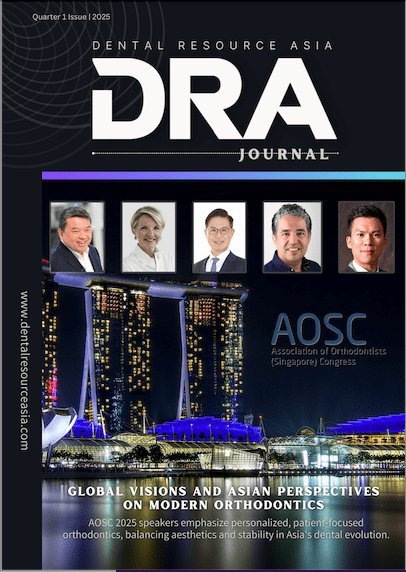INDIA: Biocon Executive Chairperson Kiran Mazumdar-Shaw has praised the development of a new drug that could revolutionize dentistry by regrowing human teeth, calling it an “amazing discovery” that may soon make dental implants redundant. “It will disrupt dentistry for sure!” Mazumdar-Shaw tweeted, expressing her excitement about the breakthrough.
Targeting USAG-1 Protein for Tooth Regeneration
The drug, developed by researchers at the Japanese biotech firm Toregem Biopharma, targets a specific protein in the human body known as USAG-1. This protein plays a crucial role in inhibiting the growth of new teeth. By blocking USAG-1, researchers found that it becomes possible to stimulate the regrowth of teeth exactly where old ones once stood.
“We have successfully demonstrated the ability to regenerate teeth in mice,” said Katsu Takahashi, head of oral surgery at the Medical Research Institute Kitano Hospital in Osaka. “Humans, like most mammals, typically grow only two sets of teeth during their lifetime. However, there are dormant buds hidden beneath the gums that can be activated for a third set.” Takahashi and his team began clinical trials in October at Kyoto University Hospital, testing the experimental drug on adult participants. “It’s a technology completely new to the world,” he added.
Advantages Over Traditional Prosthetics
Prosthetic solutions like dental implants have long been the go-to for tooth loss, but they are costly and invasive. Takahashi emphasized the potential for the new treatment to transform dentistry by restoring natural teeth. “Restoring natural teeth definitely has its advantages,” he noted, “including avoiding the discomfort and risks associated with dental implants.”
The team has shared lab images showing regrown teeth in animals, illustrating how blocking the USAG-1 protein can activate the dormant buds necessary for new tooth growth. A study published last year by the researchers reported that their “antibody treatment in mice is effective for tooth regeneration and could be a significant breakthrough in treating tooth anomalies in humans.”
A Potential Game-Changer for Congenital Tooth Conditions
The drug’s initial focus is on patients with severe congenital conditions. Approximately 0.1% of people are born missing six or more permanent teeth, a hereditary anomaly that causes significant challenges in chewing and often leads to social stigma. In Japan, many such individuals spend their adolescence wearing face masks to hide the gaps in their mouths. “This drug could be a game-changer for them,” Takahashi stated.
The researchers hope to make the drug primarily available for children and aim for a launch by 2030. “We are looking at this technology as a potential game-changer for patients with severe congenital tooth loss,” Takahashi concluded.
Outlook and Next Steps
The team is optimistic about the future of the drug and its potential to transform dental care. The initial clinical trials in humans are seen as a crucial step towards wider application. “Our goal is to make this treatment available as soon as possible,” Takahashi said. “We believe that this drug has the potential to completely change how we approach dental care, particularly for those with severe congenital conditions.”
The researchers’ findings are detailed in lab studies published last year, showcasing the effectiveness of the antibody treatment for tooth regeneration. With additional clinical trials underway, the team is hopeful that the drug could be available for children as early as 2030.
The information and viewpoints presented in the above news piece or article do not necessarily reflect the official stance or policy of Dental Resource Asia or the DRA Journal. While we strive to ensure the accuracy of our content, Dental Resource Asia (DRA) or DRA Journal cannot guarantee the constant correctness, comprehensiveness, or timeliness of all the information contained within this website or journal.
Please be aware that all product details, product specifications, and data on this website or journal may be modified without prior notice in order to enhance reliability, functionality, design, or for other reasons.
The content contributed by our bloggers or authors represents their personal opinions and is not intended to defame or discredit any religion, ethnic group, club, organisation, company, individual, or any entity or individual.

